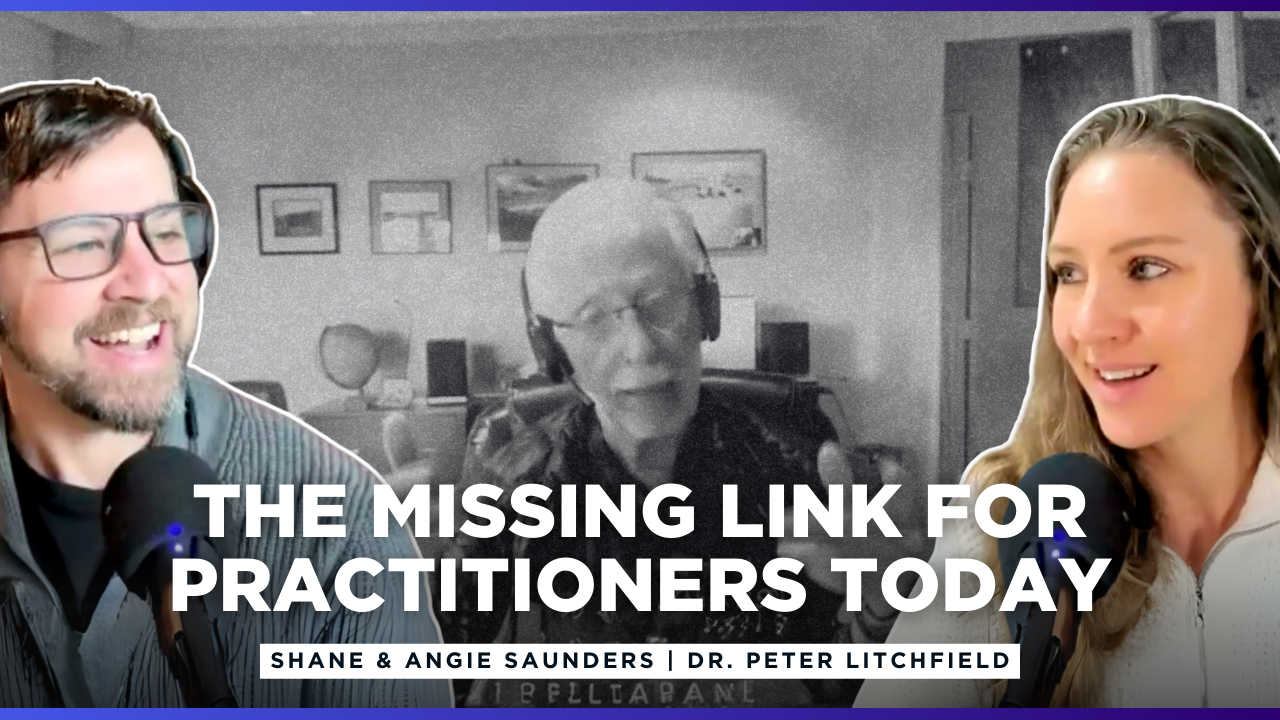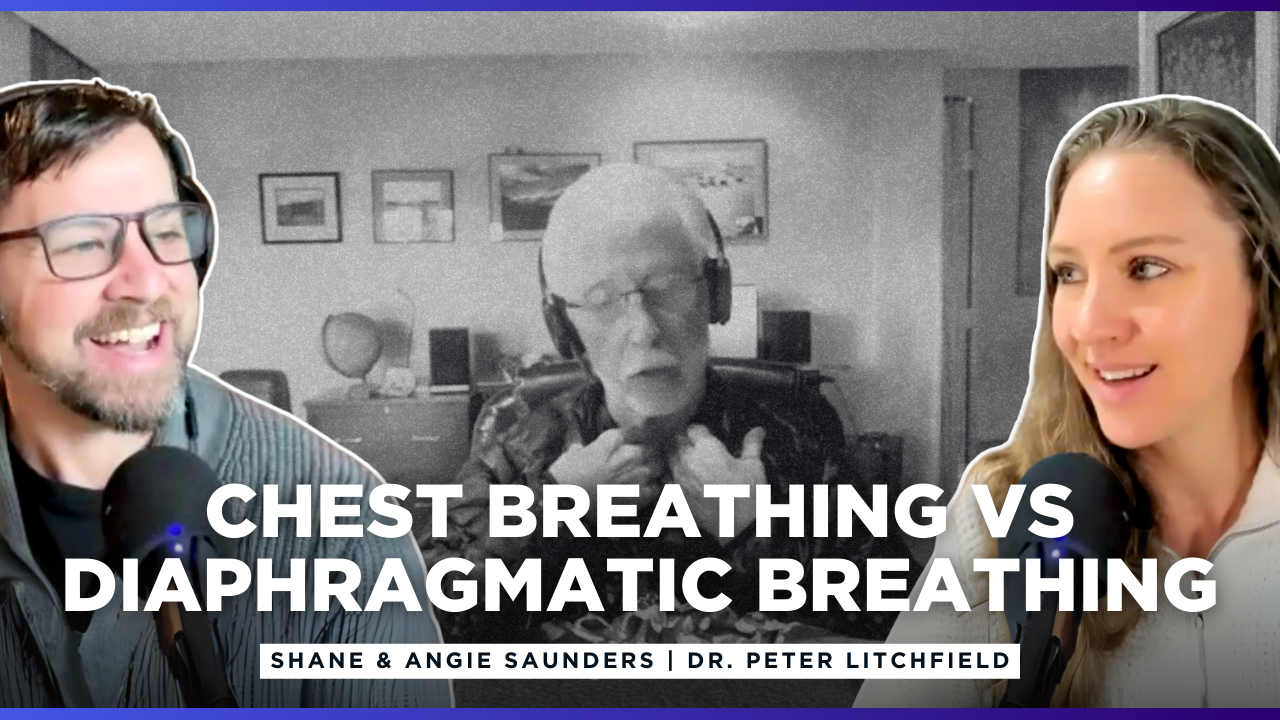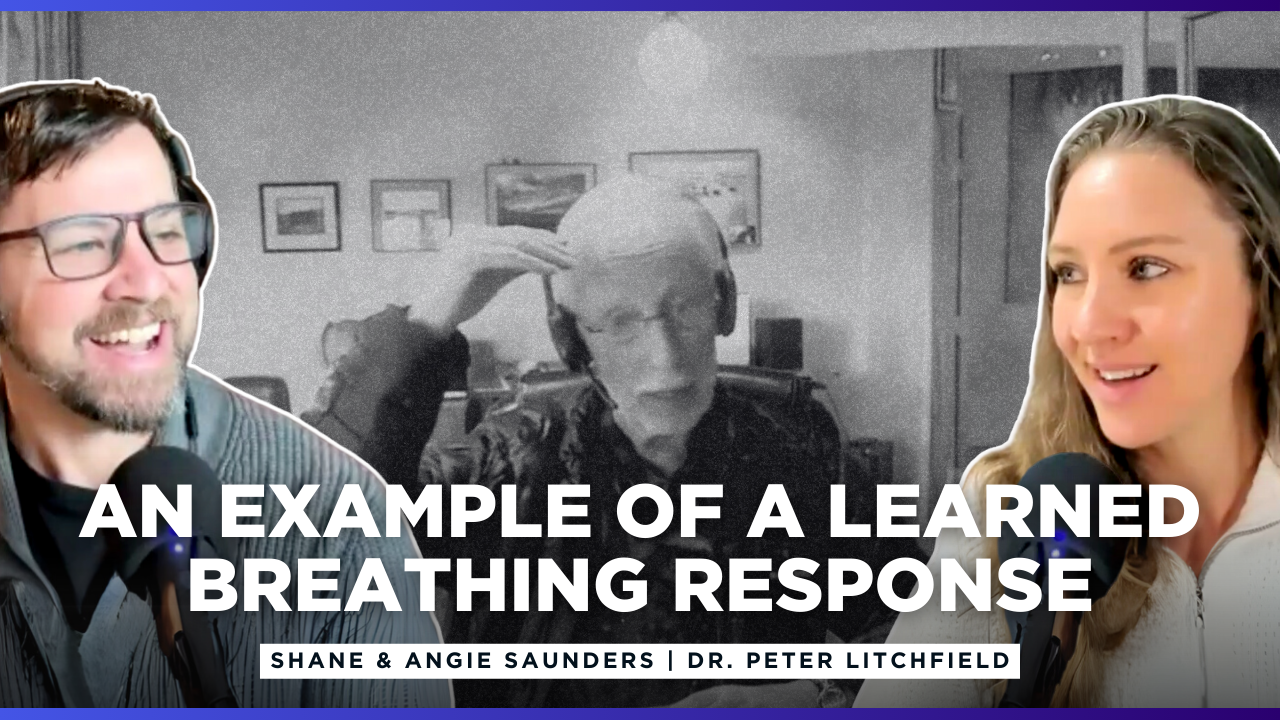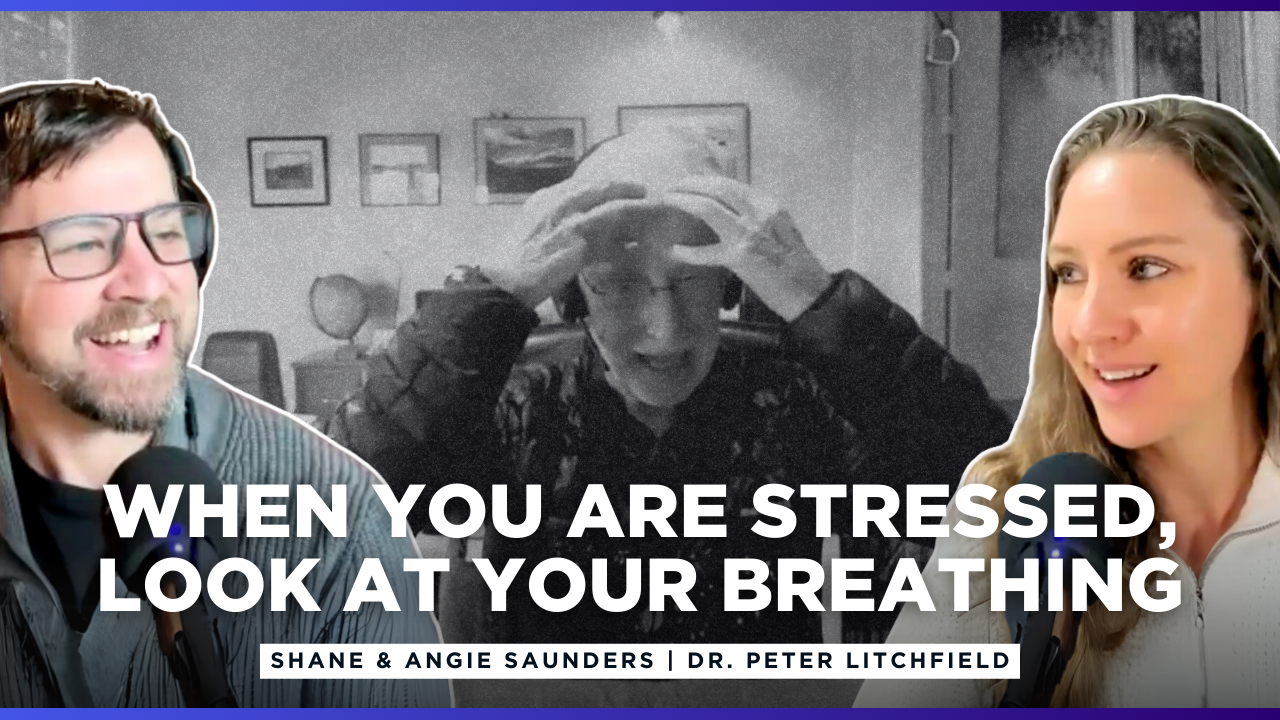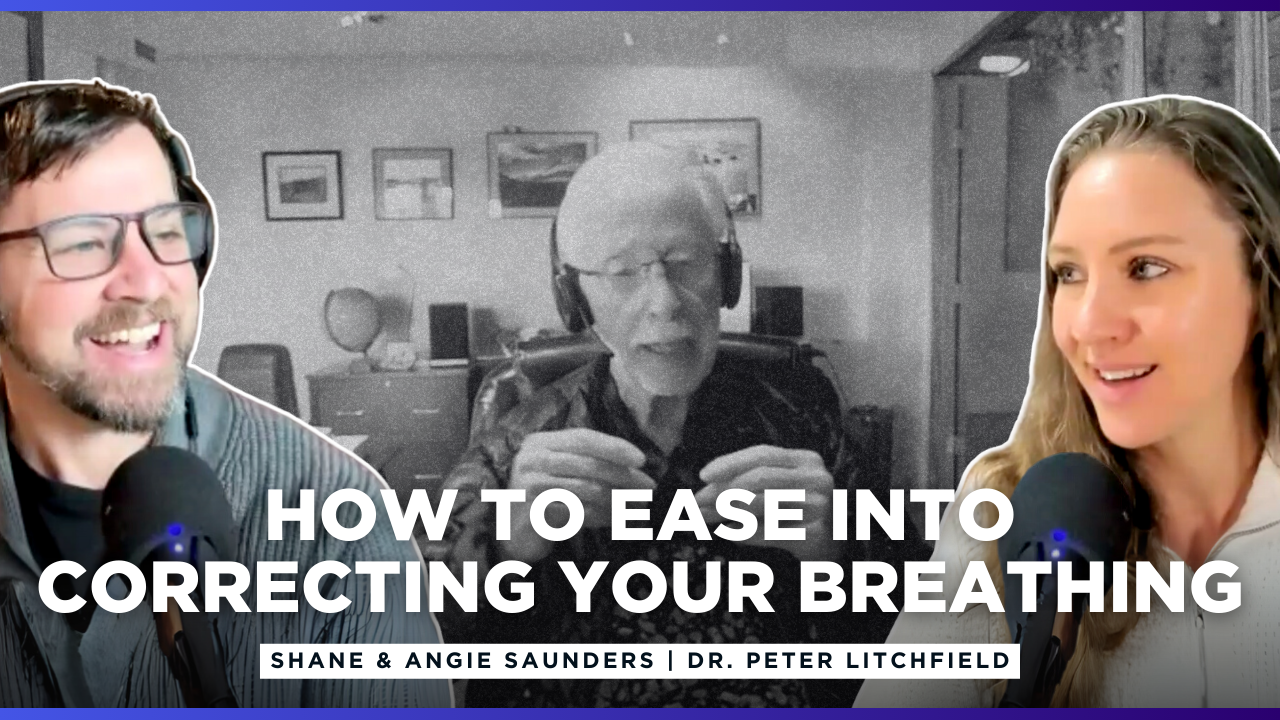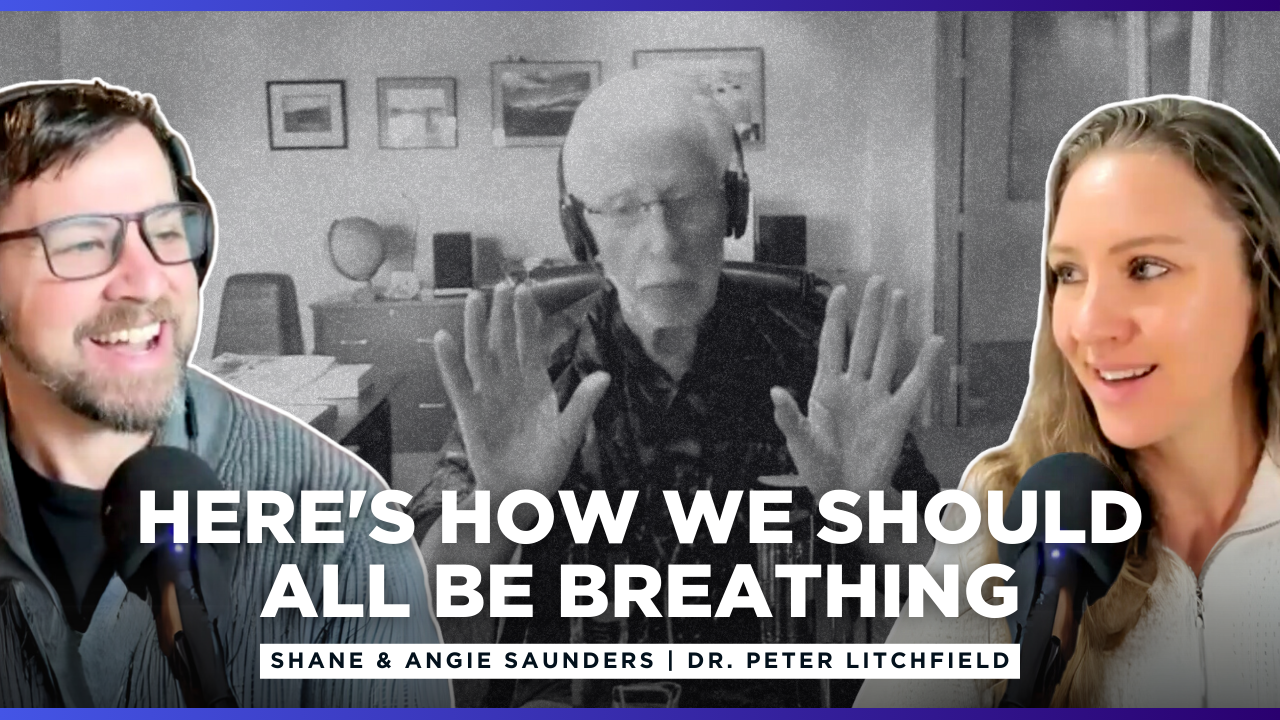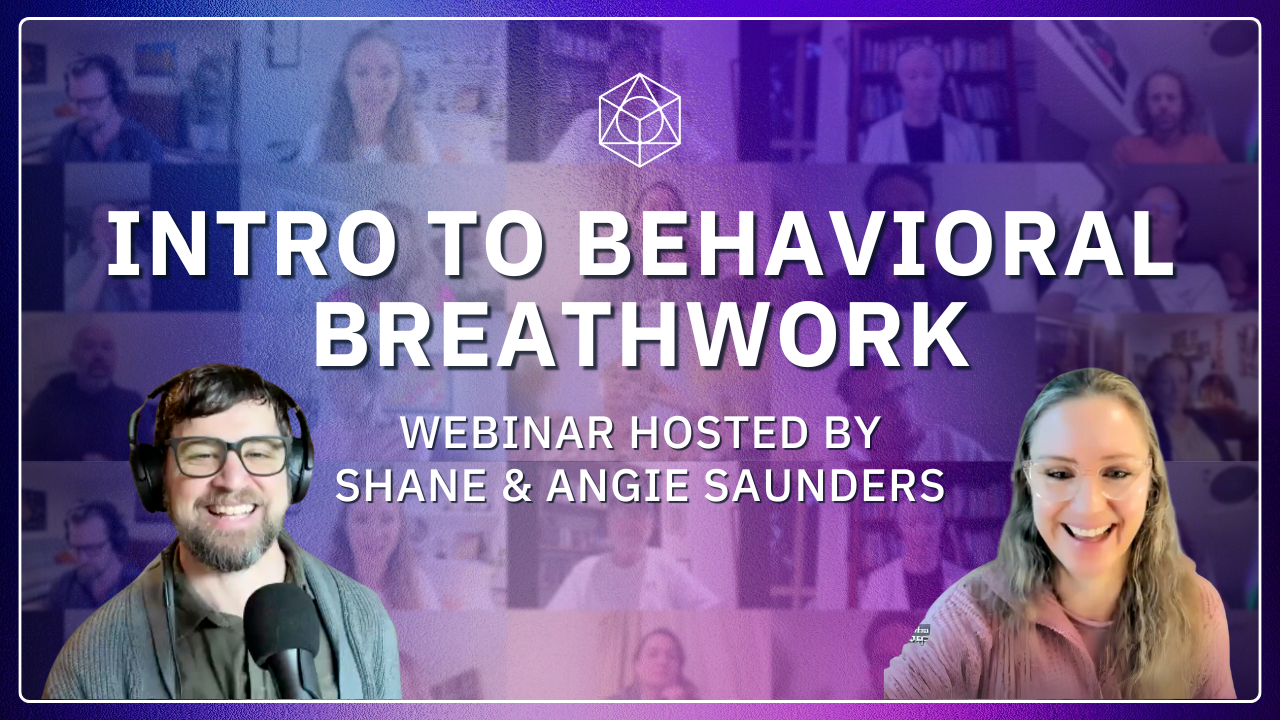Online Breathing Academy
Blog
Learn About Reflexive Breathing
Of all the practices we have tried... this one trumps them all.
Experience this simple technique backed by respiratory science designed to help you handle stress, calm your nervous system, and recover faster... without complicated routines.
This method isn’t just effective... it’s a game changer, and should be taught by more people.
And it's FREE.
I Want To Try Reflexive Breathing
